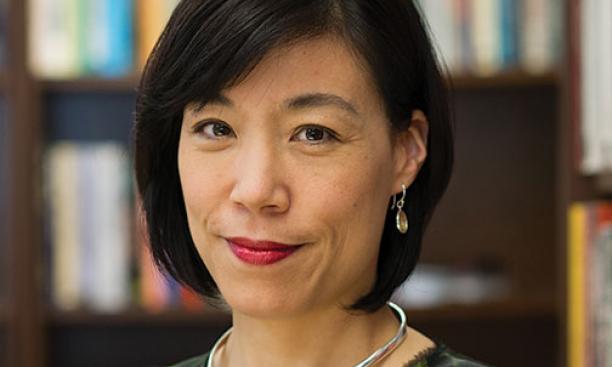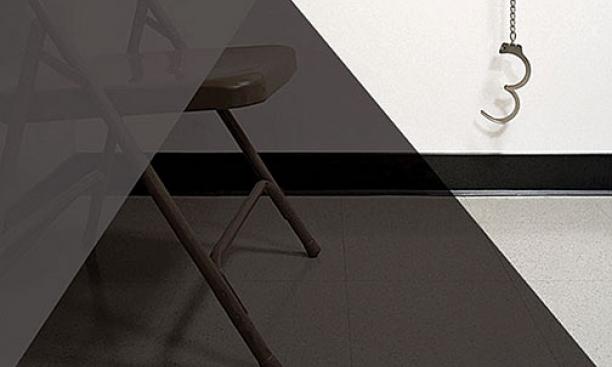

The United States’ penal system is a vast, expensive dead end for many who experience it, especially blacks and Latinos. Republicans and Southern Democrats often are blamed for having created the current system in the years following the turbulent 1960s, when they were determined to win votes by getting “tough on crime.” But liberal Democrats must take at least some of the blame, says African American studies professor Naomi Murakawa. Each time conservatives pushed to make the system more punitive, Democrats advocated for even tougher laws in hopes of claiming some of the increasingly important law-and-order vote.
“The liberals set an agenda that was never full of good intentions, never concerned for black lives,” says Murakawa, whose book, The First Civil Right: How Liberals Built Prison America, recounts the two parties’ march toward the punishment-oriented system we have today. “It was about a particular vision of order.”

From 1946 through 2000, lawmakers retreated from programs that worked to rehabilitate criminals, she says. Liberal Democrats advocated for more prisons, longer sentences, and draconian mandatory minimums. Parole was reduced drastically, as was time off for good behavior. The prison population, which was mostly white at mid-century, today is 65 percent black and Latino, and there was an explosive rise in the overall number of prisoners, from 196,000 in 1970 to more than 1.4 million in 2010.
By the early years of President Bill Clinton’s administration, when Democrats feared losing the House for the first time in 40 years, they became even more willing to engage the opposition in a “death-penalty bidding war,” Murakawa says. The number of federal crimes punishable by death escalated from one in 1974 to 66 in 1994. Responding indignantly to charges of going soft on crime in 1991, Joe Biden, then chairman of the Senate Judiciary Committee, protested, “We do everything but hang people for jaywalking.”
Murakawa is especially tough on Beltway liberals. Even Ted Kennedy, the liberal lion of the Senate, comes in for strong criticism for his willingness to water down the sentencing-guideline bills he introduced. In 1977, he wanted legislation that met two criteria: It should treat all offenders the same way, and it should be socially just. But, says Murakawa, “in each subsequent version of the bill, Ted Kennedy clung to the first principle but jettisoned the second.”
Life on the Run: A rising star in sociology chronicles the human costs of America’s penal system
Criminal Injustice: A view inside the courtroom
Alumni-Initiated Prison Education Program Helps Students Give Back
